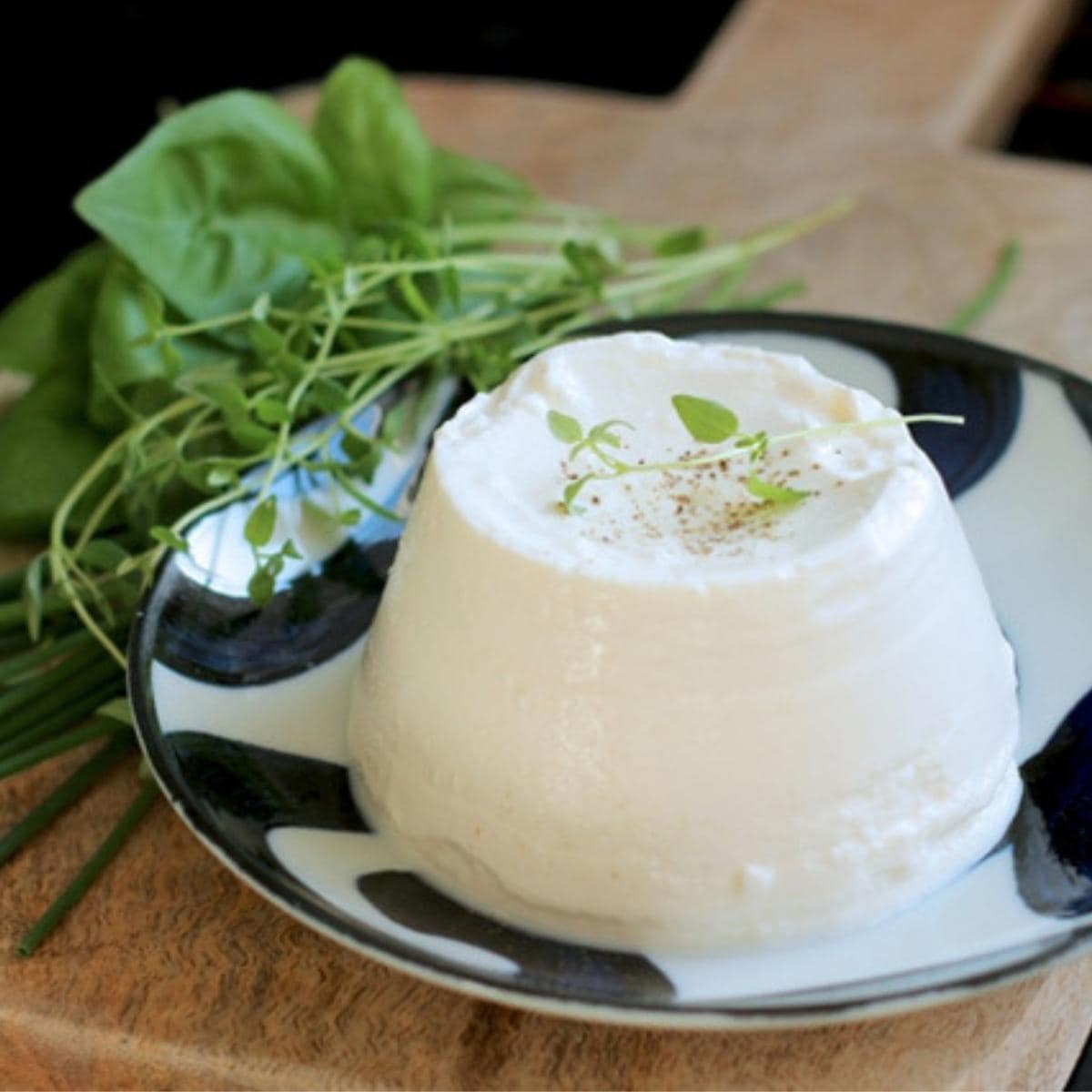Learn how to make ultra-creamy, 4-ingredient homemade ricotta in less than an hour. This recipe is simple, requires no fancy equipment, and delivers a ricotta far superior to store-bought versions. Fresh, creamy, and utterly delicious, this homemade ricotta will elevate your dishes to new heights.
Why Make Ricotta at Home?
Homemade ricotta is a completely different experience compared to store-bought. It’s creamier, less grainy, and not as wet. The light, delicate taste and fluffy texture are simply unmatched. Whether you’re using it in pasta dishes, cakes, or simply enjoying it with crusty bread, homemade ricotta is a game-changer.
What You’ll Learn
This post teaches you how to make fresh ricotta with just four ingredients: milk, cream, lemon juice, and salt. You’ll need cheesecloth and a fine-mesh strainer, but no other special equipment. The process takes less than an hour, and you’ll end up with about 1 cup (265g) of fresh ricotta.
Ricotta: Not Technically Cheese
Ricotta isn’t technically cheese because it doesn’t undergo traditional fermentation. It’s a byproduct of cheese production, which you’ll be recreating in this recipe.
Ricotta’s Origins
Ricotta originated in Sicily as a way to use leftover whey from cheesemaking. The whey was re-cooked (ricotta means “re-cooked”) until curds formed, which were then strained to create ricotta.
Why This Recipe Works
- Milk and Cream Combination: Using a 3:1 ratio of whole milk to cream emulates the richness of traditional sheep’s milk ricotta.
- Resting Time: Allowing the mixture to rest for 10 minutes before straining results in light, delicate, and fluffy ricotta.
- Small Batch: This recipe makes about 1 cup, perfect for using fresh and avoiding waste. It can easily be doubled if needed.
Ingredients & Supplies
Ingredients:
- Whole Milk (not ultra-pasteurized)
- Heavy Cream or Whipping Cream (ultra-pasteurized is okay)
- Lemon Juice (or white/red wine vinegar)
- Salt
Supplies:
- 7-inch fine-mesh strainer
- Cheesecloth
- Heavy-bottom pot or enameled cast iron braiser
Instructions
- Combine Ingredients: In the pot, combine milk, cream, and salt. Heat over medium-high heat.
- Heat to Boiling: Bring the mixture to a rolling boil (200-206°F/93-97°C). Stir with a wooden spoon in a “figure 8” motion to prevent scorching.
- Add Lemon Juice: Once boiling, add lemon juice, stir twice, and immediately turn off the heat. Do not stir.
- Rest: Let the mixture rest undisturbed on the warm burner for 10 minutes. Curds will begin to form.
- Strain: Line the strainer with cheesecloth and place it over a deep bowl. Using a slotted spoon, transfer the curds to the strainer.
- Drain: Let the ricotta drain for 10-15 minutes for a light, fluffy consistency. Drain longer for drier ricotta.
- Serve or Store: Use the warm ricotta immediately, or refrigerate in an airtight container.
Tips
- Texture: Freshly strained ricotta is light, fluffy, and warm. Chilled ricotta becomes creamier, slightly denser, and cold.
- Thermometer (Optional): Use a thermometer to ensure the mixture reaches the correct temperature.
- Save Cheesecloth: Wash and air-dry used cheesecloth for future use.
- Don’t Use Ultra-Pasteurized Milk: It won’t curdle properly.
Storing Ricotta
Store ricotta in an airtight container in the refrigerator for up to 4 days. Drain any excess liquid before using.
Freezing Ricotta
Freezing is not recommended as it alters the texture.
Making Ricotta Ahead
Ricotta can be made up to 4 days in advance. The texture will be firmer after chilling.
Using Leftover Whey
The leftover whey can be used in sourdough bread, focaccia, pizza crust, smoothies, or for fermenting vegetables. It can be stored in the fridge or freezer.
Sicilian Homemade Ricotta Cheese
Prep Time: 25 minutes (including resting and straining)
Cook Time: 10 minutes
Total Time: 35 minutes
Yield: 1 heaping cup (265g)
Cuisine: Italian
Ingredients
- 3 cups whole milk (DO NOT USE ultra-pasteurized milk)
- 1 cup cream (ultra-pasteurized is fine)
- 1/4 tsp fine sea salt
- 2 tbsp fresh lemon juice, strained
Notes, Tips & Substitutions:
- Do not use ultra-pasteurized milk, as it won’t curdle properly.
- You can use white or red vinegar instead of lemon juice.
- If doubling the recipe, work in batches and adjust the straining time accordingly. If you have two strainers, you can use them at once.
Instructions
- Prepare the Strainer: Line a fine mesh strainer with a double layer of cheesecloth. Set it over a large, deep bowl.
- Heat the Milk and Cream: In a heavy-bottom pot, combine the milk, cream, and salt. Heat over medium-high heat, stirring frequently in a “figure 8” motion to avoid scorching the milk. Bring to a rolling boil (200-206°F / 93-97°C), watching for frothy bubbles along the sides and larger bubbles in the center.
- Add Lemon Juice: Once the mixture has come to a boil, immediately add the lemon juice and stir gently 1-2 times. Turn off the heat and allow the mixture to sit, untouched, on the burner for 10 minutes. You’ll see curds form.
- Transfer the Curds: Using a slotted spoon, transfer the curds into the lined strainer to drain.
- Strain: Let the ricotta strain at room temperature for 10-15 minutes for a light and fluffy texture. For drier ricotta, strain for longer. Note that the ricotta will firm up further when stored in the fridge.
- Store: Once drained to your desired consistency, transfer the ricotta into an airtight container and refrigerate for up to 4 days.
Enjoy this homemade ricotta in your favorite dishes, like cookies, ravioli filling, or simply spread on toast!
